Restocking Essentials: Rebuilding Your Emergency Kit After A Hurricane
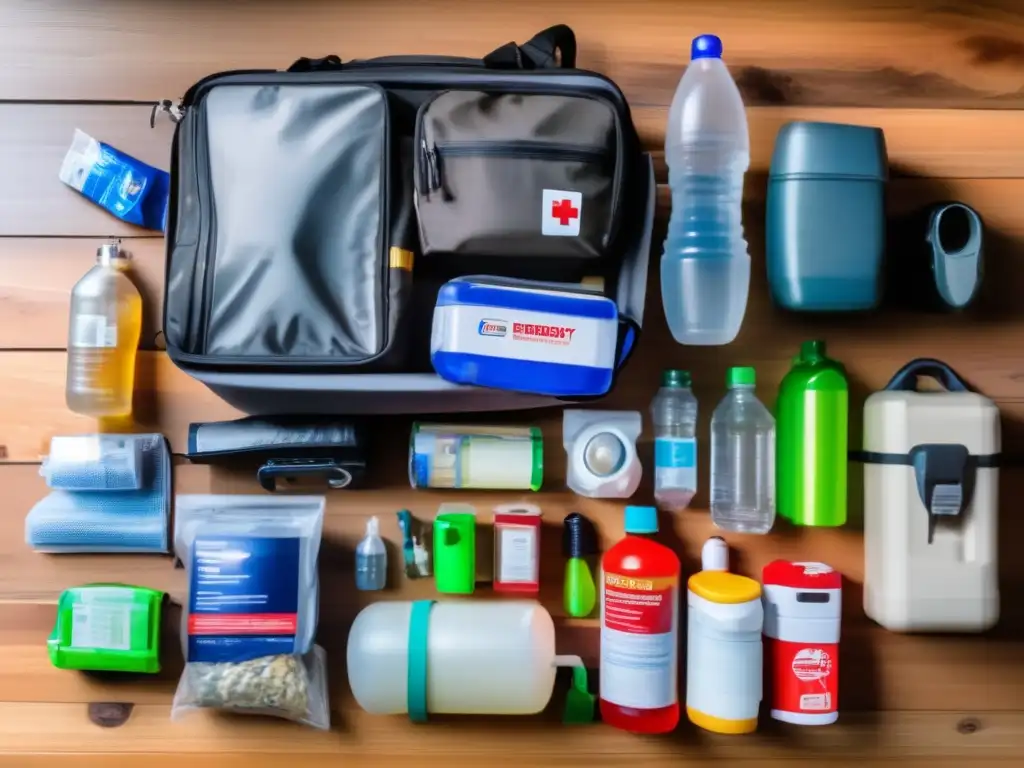
Restocking Essentials: Rebuilding Your Emergency Kit After a Hurricane
Introduction
When a hurricane strikes, one of the most important things you can do to protect yourself and your family is to have an emergency kit ready. An emergency kit provides you with the supplies you need to stay safe in the aftermath of a hurricane, such as clean water, non-perishable food, and first aid materials. But, what happens when your emergency kit has been depleted or damaged in the hurricane? Restocking your emergency kit after a hurricane is just as crucial as having one in the first place. In this article, we'll explore how to restock your emergency kit to ensure you're prepared for future hurricanes.
The Importance of an Emergency Kit
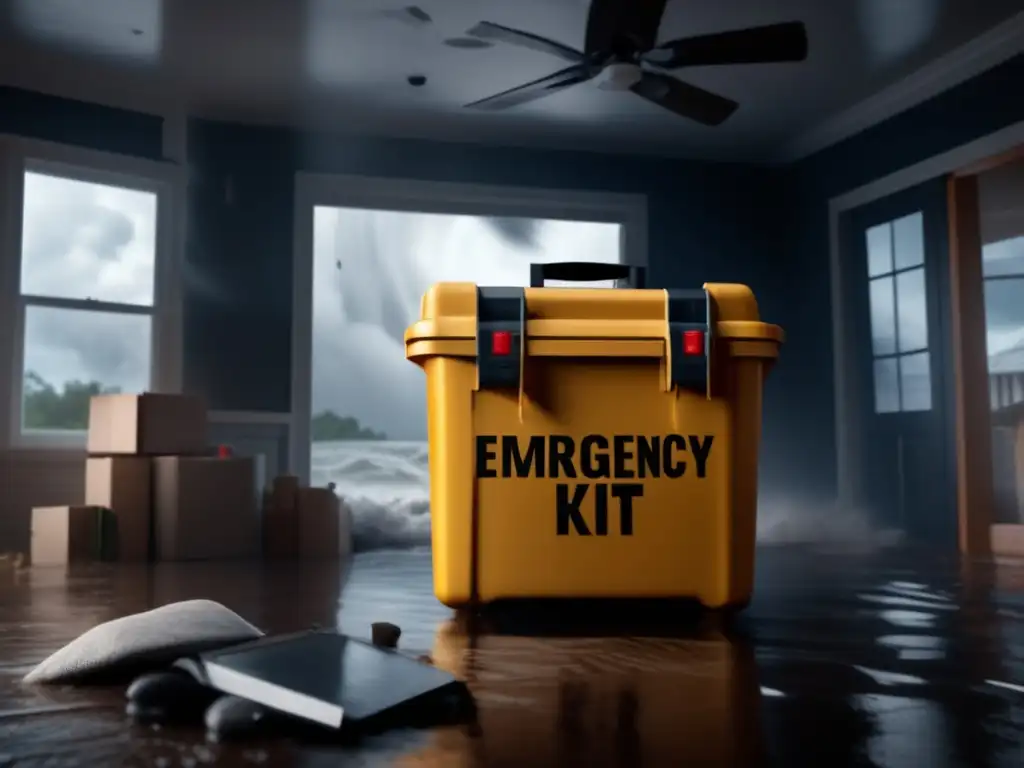
What Should Be Included in Your Emergency Kit?
Your emergency kit should contain essential items that will help you and your family survive in case of a hurricane. These items include:
- Water: Store at least one gallon of water per person per day for at least three days.
- Food: Non-perishable food that doesn't require cooking or refrigeration, like canned goods, energy bars, and dried fruits or nuts. Don't forget to stock up on pet food if you have pets.
- Battery-powered or hand-crank radio: Stay informed about the latest news and weather updates.
- Flashlights and extra batteries: Power outages are common during hurricanes, so it's essential to have a reliable source of light.
- First-aid kit: Essential medical supplies like bandages, gauze, and antiseptic wipes to treat minor injuries.
- Extra medications: If you or someone in your family takes prescription medication, make sure you have enough to last for at least a week.
- Cash: Power outages may disrupt electronic banking services, so it's a good idea to have cash on hand.
Why Restocking Your Emergency Kit Is Important
Restocking your emergency kit is crucial because disasters can happen at any time, and your supplies can become depleted or damaged. By restocking your emergency kit, you ensure that you have the resources you need to stay safe and healthy during the next hurricane. Additionally, updating your emergency kit helps you stay organized and prepared for future storms.
How to Restock Your Emergency Kit
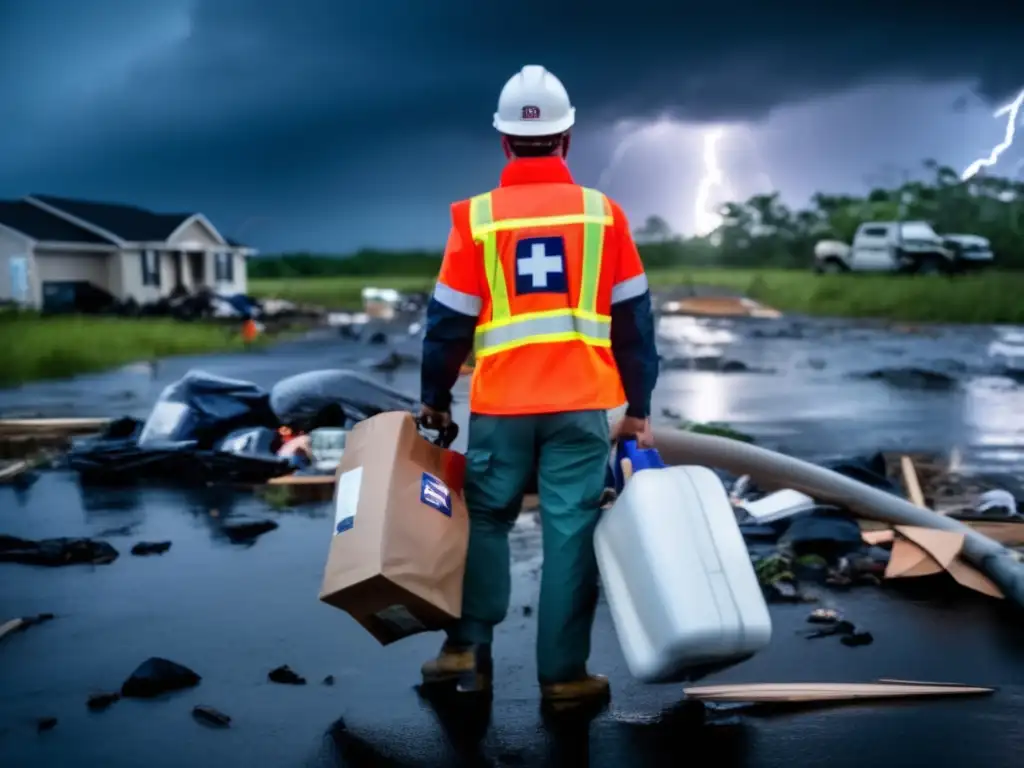
Assess Your Current Supplies
The first step in restocking your emergency kit is to evaluate what you already have. Check the expiration dates of food and medications, and replace anything that has expired. Inspect your emergency kit for any damages or missing items. Consider if there are other items that would have been helpful during the last hurricane, like a portable charger for cell phones or a solar-powered radio, and add them to your list of necessary items.
Create a List of Necessary Items
Once you've assessed your current supplies and identified any gaps, create a shopping list of items you need to restock your emergency kit. Prioritize essential items like water and food first, then move on to items like batteries and medical supplies. Don't forget to include important documents like copies of insurance policies, identification, and contact information for family members and emergency services.
Shop for Supplies
After creating a list of necessary items, go shopping for supplies. Look for sales on bulk non-perishable food items, and try to purchase items with a long shelf life. Make sure to buy enough water for at least three days per person. Consider purchasing a water filtration system or purification tablets to use in case you run out of clean water. If possible, buy extra batteries and a hand-crank or solar-powered radio. Buy any necessary first-aid supplies and make sure you have enough medication to last at least a week. Don't forget to include any other items on your list, like cash and important documents.
Organize Your Emergency Kit
After purchasing everything on your list, organize your emergency kit so that it's easy to access in case of an emergency. Store non-perishable food items in a cool, dry place, away from direct sunlight. Keep water in a cool, dark place. Make sure to keep your emergency kit in a readily accessible location, and let everyone in your family know where it is.
Frequently Asked Questions
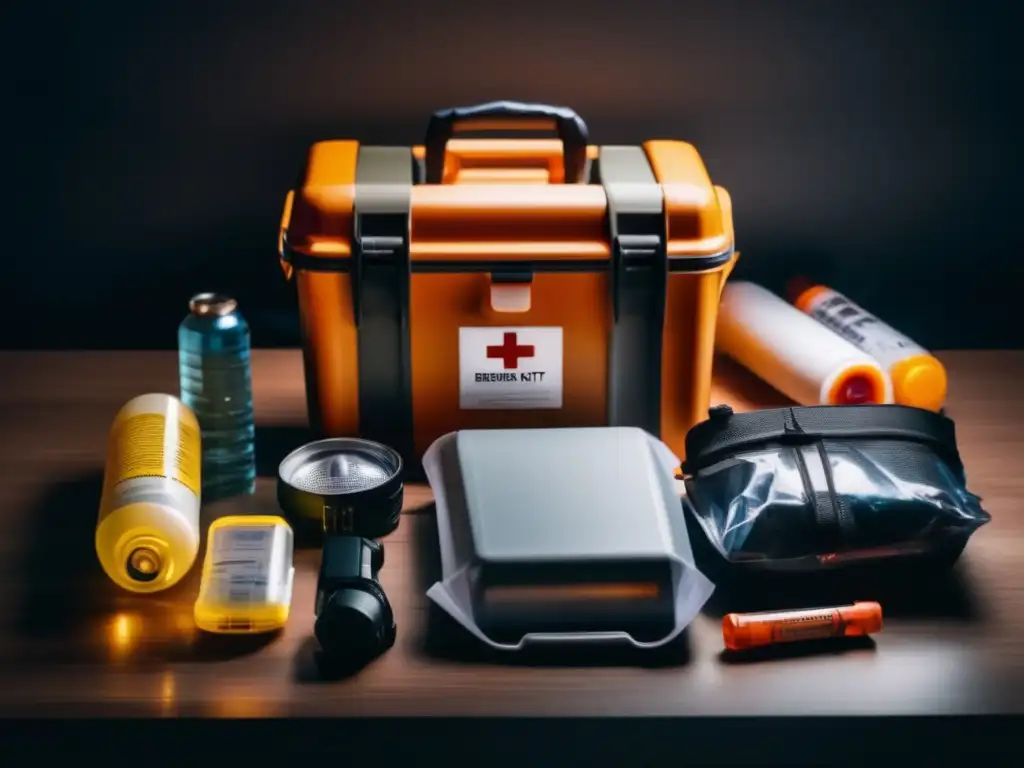
-
When should I restock my emergency kit?
You should restock your emergency kit after every use or at least once a year. It's also a good idea to check the expiration dates of food and medications every six months and replace anything that has expired.
-
What if I can't afford to restock my emergency kit?
If you can't afford to restock your emergency kit all at once, consider buying a few items each week until you have everything you need. You can also look for sales and discounts on necessary items or ask for donations from friends or family members.
-
Should I include extra clothing in my emergency kit?
Yes, it's a good idea to include a change of clothing for each member of your family in your emergency kit. Make sure to choose clothing appropriate for the climate and season.
-
Can I use tap water in my emergency kit?
It's best to use bottled water for your emergency kit, but if tap water is your only option, store it in clean containers and add eight drops of bleach per gallon of water.
-
What if I have special medical needs?
If you have special medical needs, make sure to include any necessary medical equipment and medication in your emergency kit. Store these items in a waterproof container.
Conclusion
Restocking your emergency kit after a hurricane is just as important as having one in the first place. By following the steps outlined in this article, you can ensure that you and your family are prepared for the next hurricane. Remember to assess your current supplies, create a list of necessary items, shop for supplies, and organize your emergency kit for easy access. It's vital to stay prepared so that you can stay safe during a hurricane. Updated emergency kits can not only save lives but also help communities recover quicker.
Living in a hurricane-prone area requires preparation and caution. Neglecting to restock an emergency kit, which should be regularly updated with the latest equipment and supplies, can be costly and dangerous. Follow this guide and ensure that your emergency kit is up to date, not only by reviewing your items and purchasing the latest materials but also by sharing this information with your loved ones.
If you have any additional advice or tips for restocking an emergency kit after a hurricane, please share them in the comments section. Thank you for reading HurricaneInsider.org's article about Restocking Essentials: Rebuilding Your Emergency Kit After a Hurricane.
Additional Resources

- Ready.gov's Hurricane Preparedness Guide
- National Hurricane Center's Prepare for a Hurricane
- American Red Cross's Hurricane Preparedness Tips
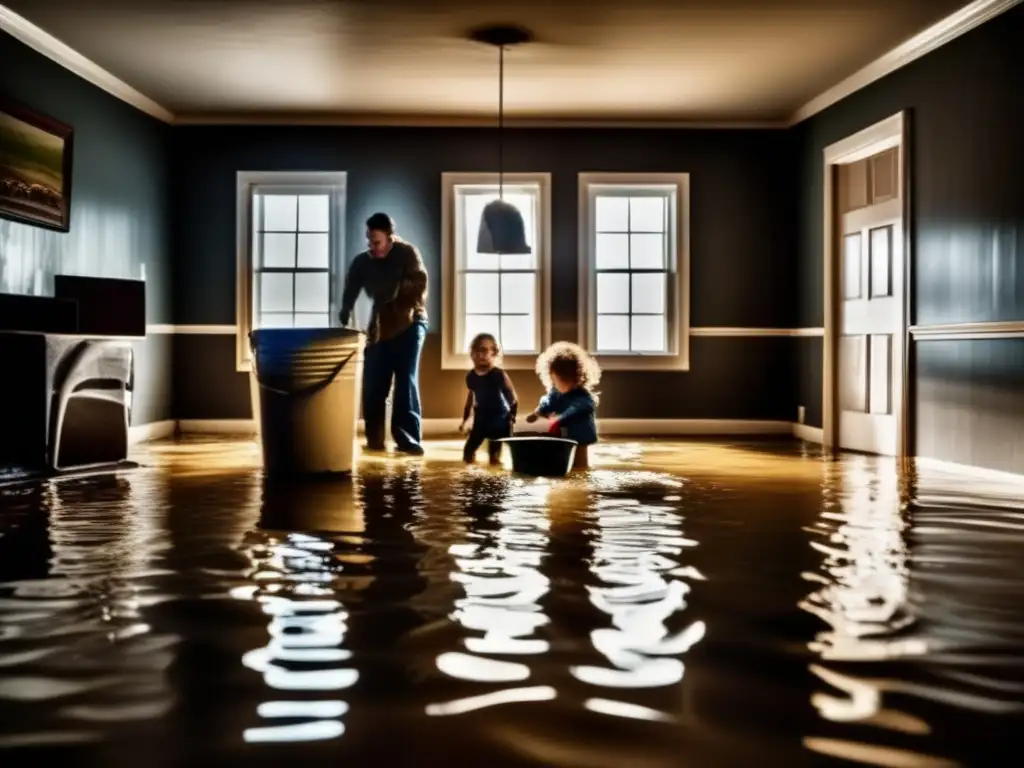 Repairing Water Damage After A Hurricane
Repairing Water Damage After A Hurricane A Helping Hand: Volunteering In Post-Hurricane Communities
A Helping Hand: Volunteering In Post-Hurricane Communities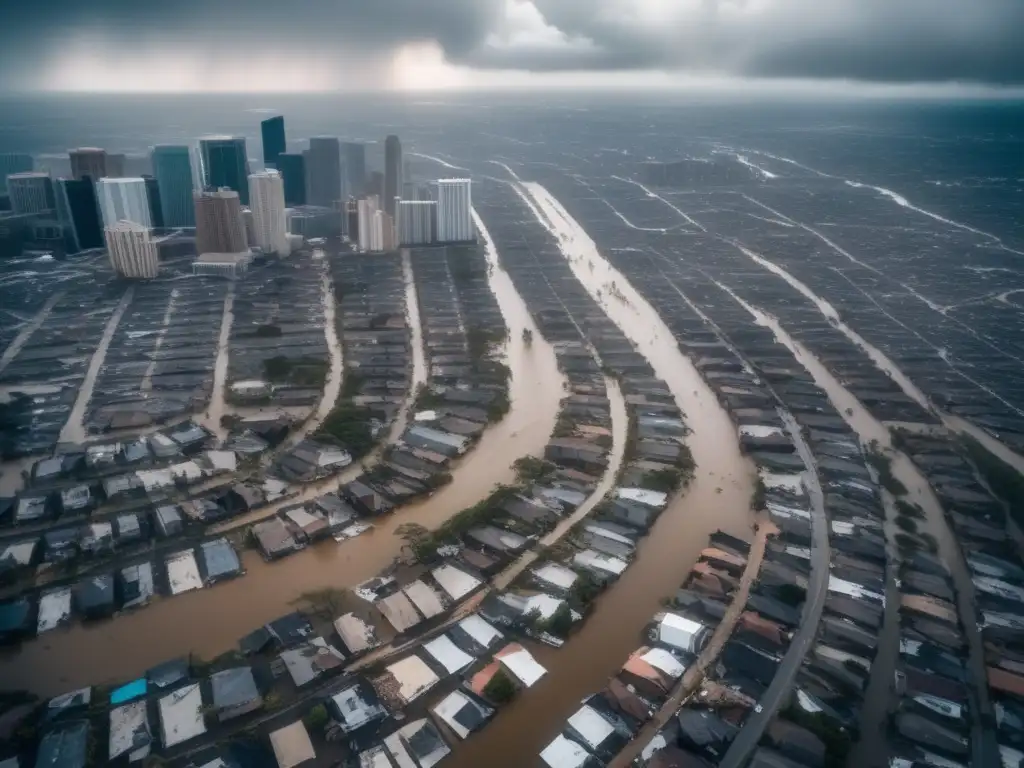 Addressing The Emotional Needs Of Pets After A Hurricane
Addressing The Emotional Needs Of Pets After A HurricaneIf you want to discover more articles similar to Restocking Essentials: Rebuilding Your Emergency Kit After A Hurricane, you can visit the Hurricane recovery: category.
Leave a Reply

Articulos relacionados: